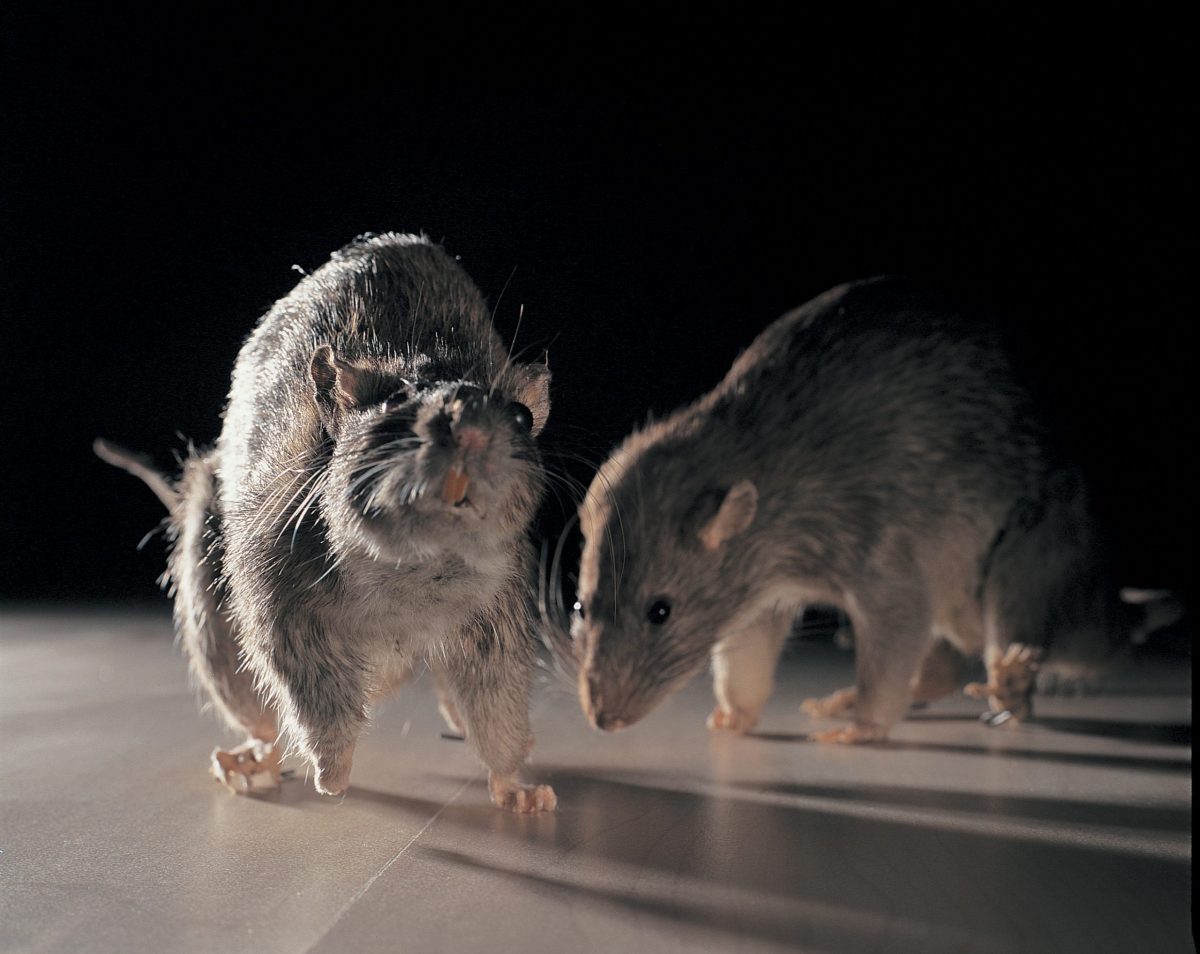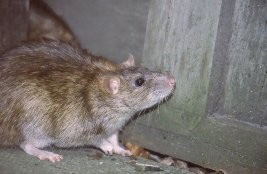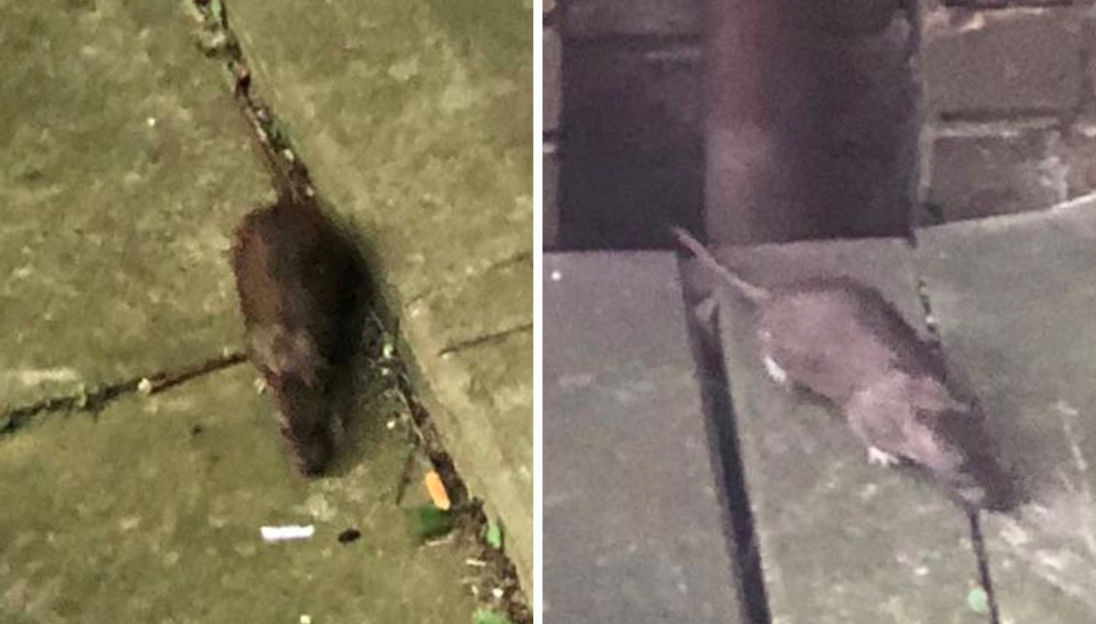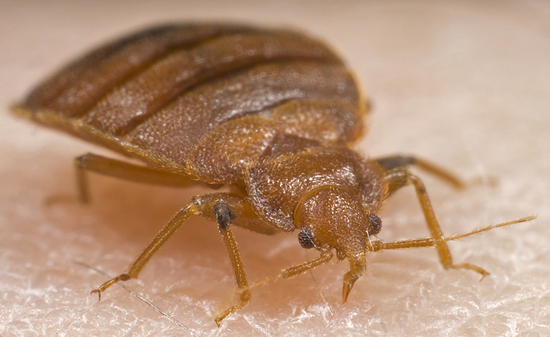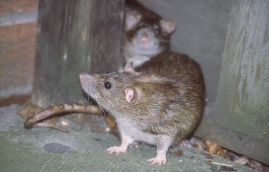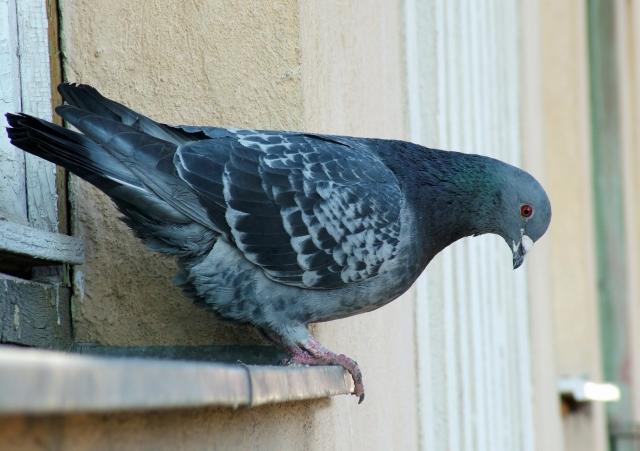Plague of mutant ‘super rats’ infests Britain
An increasing number of Britain’s rats are mutating to become immune to commonly sold poisons, scientists have warned.
Yahoo! News – 17/10/2012
Yahoo! News UK – A plague of mutant rats resistant to most poisons have been found in areas of the UK (Image: Rex)An increasing number of Britain’s rats are mutating to become immune to commonly sold poisons, scientists have warned.
Research from Huddersfield University found 75 per cent of rats in Bristol, Gloucestershire and Wiltshire, had built up a resistance to the poisons. The most serious mutations have affected rats in Bath and Wiltshire. Experts say the rise is down to an incorrect use of poisons, where people have used dosages that are too low. Rats which are resistant to the poison are fattened up by the bait, with survivors going on to mate with other resistant rodents.
This allows a generation of rats that are resistant to existing poisons to build up. Dr Dougie Clarke, head of biological sciences at Huddersfield University, said: “Some pest control companies are still using the same rodenticides -Bromadiolone and Difenacoum – in areas where there are resistant rats and things need to change.
“We’re wiping out the normal susceptible rats and we’re going to be left with resistant rats only in this area so alternatives have to be found so we’re not using these poisons.”
Wildlife experts are also concerned about the risk to other animals -especially cats – which may hunt the rats.
Andy Beddows, a rat catcher from Gloucester, said poison inside the rat could be passed on to animals, including birds of prey, which eat the rodents.
He said: “If you’re putting poison down and it’s one of the mutant strain, if it takes a belly full of rodenticide you may as well be giving it sugar puffs.”
The study aims to survey 25 councils across the country and test samples from 600 rats. So far researchers have tested around 300 rats.
Dr Clarke said that all rats in Gloucestershire, Wiltshire and Bath could be resistant to poisons within 10 years.
Best of Yahoo! News







